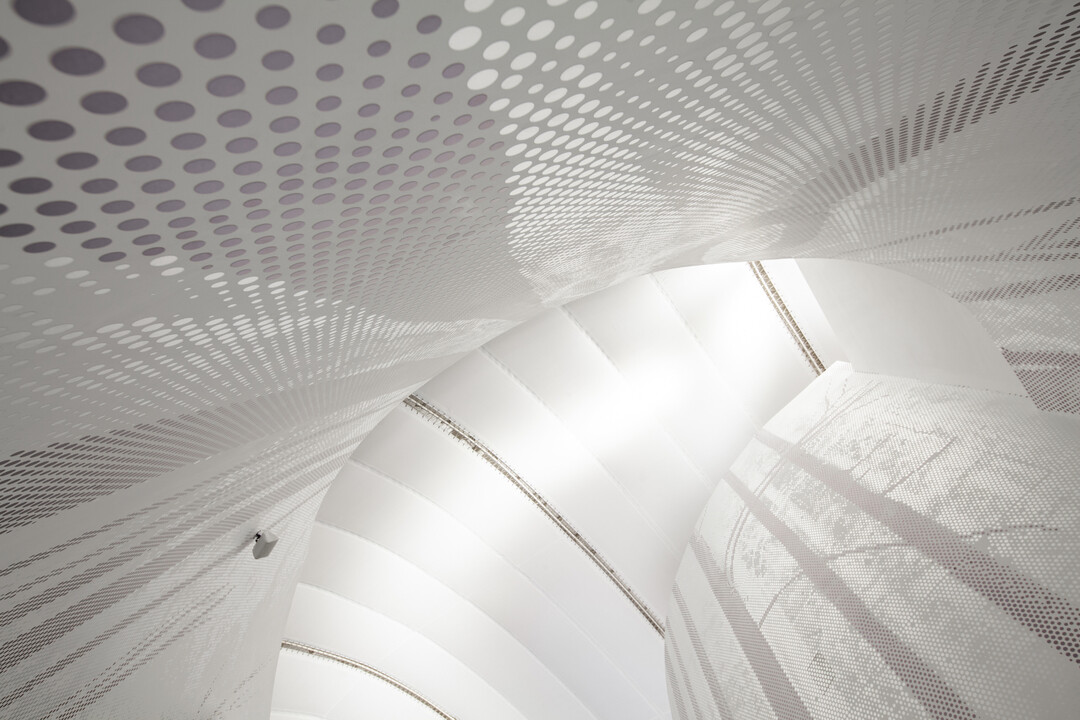
Members Only
加入會員後,點選Members Only即能閱讀更多完整文章及獨家內容。
樹
屋
台灣的傳統公寓,房屋多半呈狹長型,只有短邊開窗、長側沒有採光,空間中心光源晦暗,然本案正好是比較少見的理想房型,長邊都有開窗且朝向良好的戶外景觀。基地位置座落於天母靜巷,原始屋況老舊、漏水、陰暗,格局零散,設計師蔡思棣鑑於周圍環繞翠綠山林,擁有得天獨厚的居住條件,因此,於設計核心上,希望能還原這個空間與生俱來的潛力。
由於居住成員只有一人,空間格局需求很簡單,只需要一間主臥房,其餘則滿足基礎生活機能如客廳、餐廳、廚房、衛浴等。拆除所有隔間後重新佈局,利用前後開窗的優勢,在室內創造了兩條平行的長廊。第一條長廊是在玄關入門後,穿越餐廳和客廳連結臥房的走道;第二條則是位於住宅後方的長陽台。座落在這兩條長廊之間的廚房、衛浴和主臥房皆安排雙面入口,貫穿動線也流通空氣,使綠景交映,打造與大自然一起呼吸的住宅空間。
玄關入門後的第一個空間,是全屋陽光與景觀最好的地方,設計師希望將最棒的景留給最珍貴的時間,也就是工作與用餐,因而將此處規劃為餐廳暨工作區,讓屋主在家閱讀工作相關的研究報告時,可以享受到最舒適的空間感。不同於台灣大多數一進門都是客廳的習慣,本案客廳配置在餐廳後方,與主臥房相鄰,搭配水泥牆的灰色地坪,鋪上屋主從印度帶回來的圓地毯,家的一切也漸漸開始有了居住者自己的味道。
「不是在挑戰什麼風格,它本來就應該要長這個樣子」思棣述說著住宅空間和環境共生的連結性,打開原有格局之後,家的面容變得更加清晰。寬敞的室內空間,以純白和水泥牆面構成為主軸,使用於收納櫃體表面的夾板,其木板的原生紋路輕撫空間,同時在客廳天花板平衡一堵寬矮的大樑,以帶有角度的斜木板向著窗戶緩緩下滑,將視線引導至窗外的蓊鬱,讓大自然與室內共生。整體住宅的色彩計畫簡單,蔡思棣不怕空間平淡,因為每個人的人生都不是乾淨的,一定會隨著需求有許多生活用品抑或收藏,此些東西會為生活製造深度,製造空間的視覺重點,正猶如牆上幾幅屋主揮筆描繪的繽紛畫作,在白牆中畫龍點睛,設計師只消處理完需求,空間就像一張白色畫布,留待居住者一點一滴的填滿屬於自己的色彩。